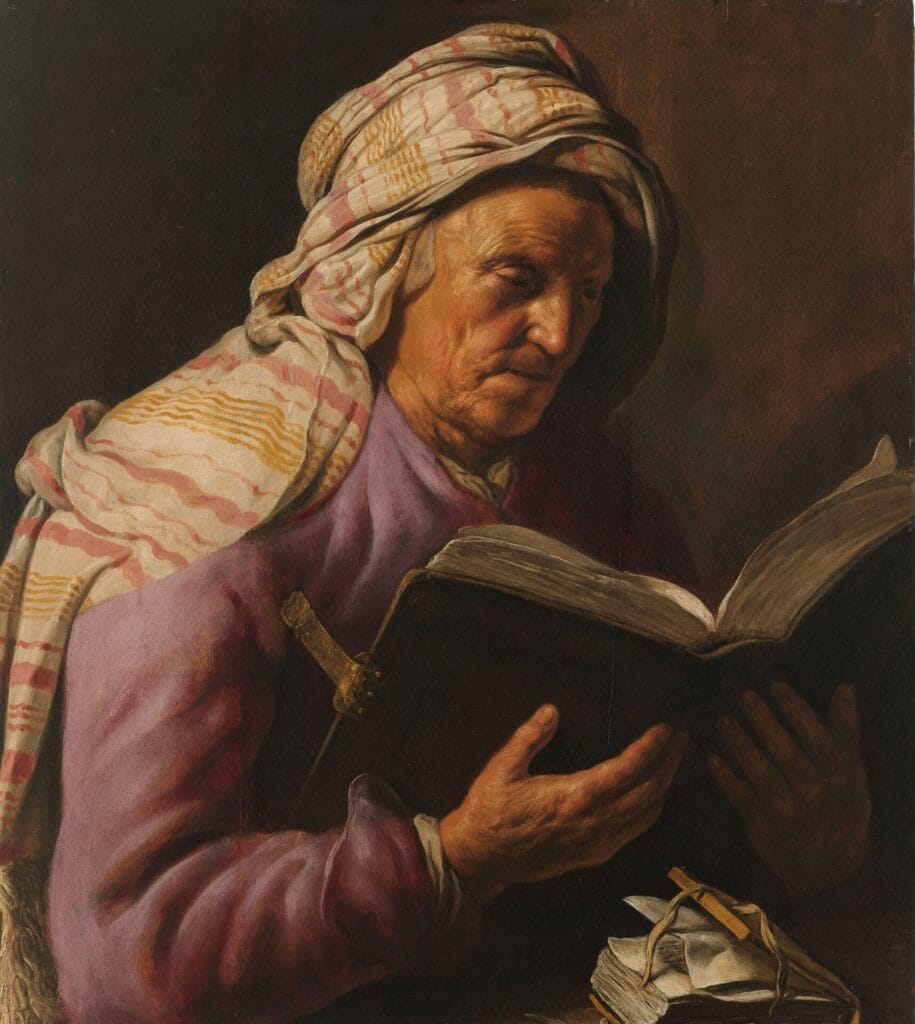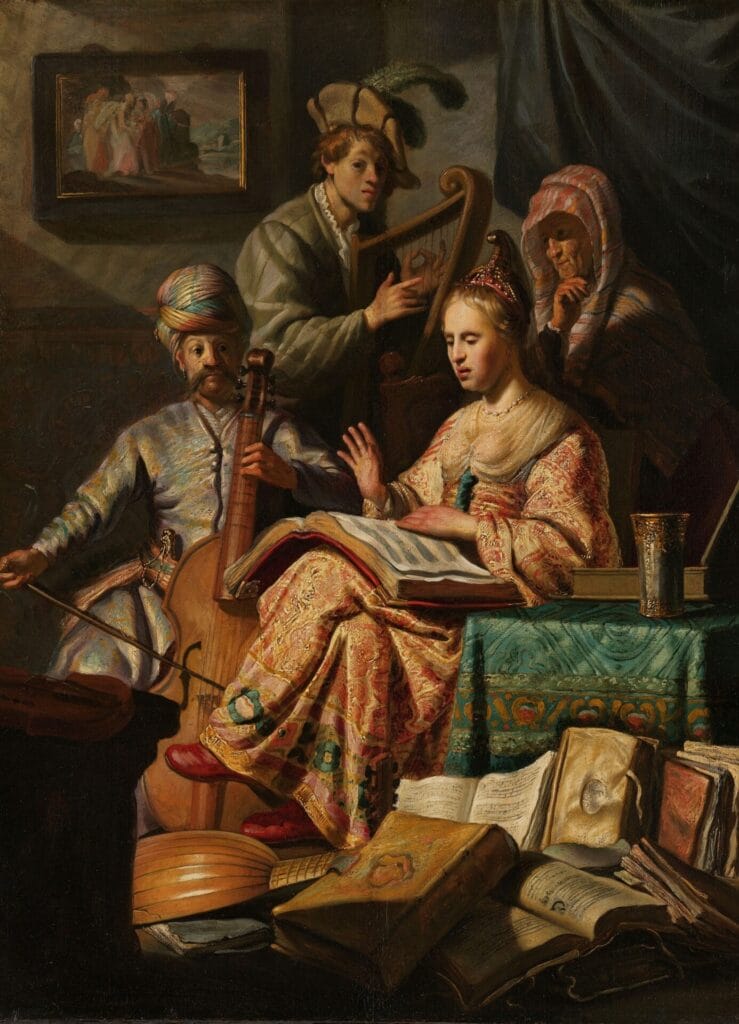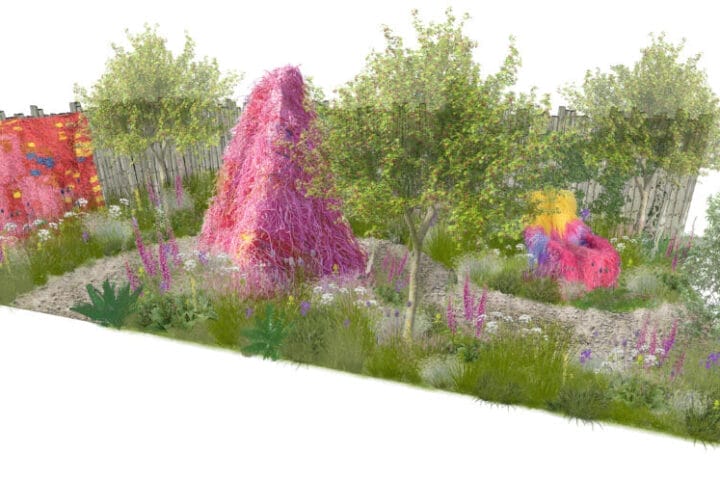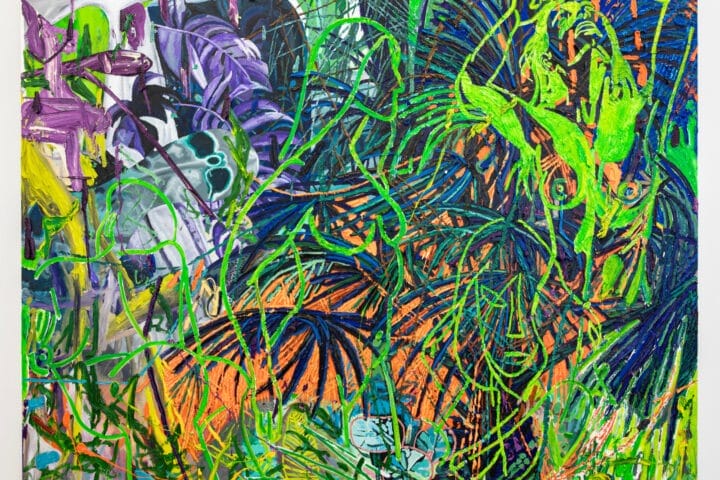Museum De Lakenhal, which opened its doors in Leiden on 1 May 1874, will be celebrating its 150th anniversary in 2024. The festivities will kick off with the presentation of Rembrandt’s Four Senses — His First Paintings. Rembrandt created this series of paintings, comprising his earliest known work, when he was around 18 years old and living in Leiden. In addition to the Spectacles Seller (Allegory of Sight) from Museum De Lakenhal’s permanent collection, the presentation features three works from The Leiden Collection, New York: Stone Operation (Allegory of Touch), Three Musicians (Allegory of Hearing) and Unconscious Patient (Allegory of Smell). No trace has ever been found of the fifth painting in this series, the Allegory of Taste. The four works will be on display at the museum for 150 days.

A master in the making
The series of allegories depicting the senses clearly demonstrates that Rembrandt has always been an original and experimental artist. Particularly since the 16th century, the senses tended to be personified in art by elegant female figures, accompanied by fixed attributes. Rembrandt, however, favoured a different approach by opting for everyday scenes with which anyone could identify. Although not all aspects of these early works are equally successful, they do evince the emergence of precisely those qualities that in time would turn Rembrandt into such an innovative and celebrated painter: among others, his singular use of chiaroscuro, his bold brushwork, and his unique eye for interaction between everyday people through an uncanny ability to capture their typical, characteristic expressions.
Fertile artistic climate
Rembrandt’s Senses occupy a significant position in the artistic history of Leiden. Museum De Lakenhal, which will be celebrating its 150th anniversary in 2024, aims to shine a spotlight on the local developments and cultural connections that have characterized the city’s illustrious past. The four Senses will be on display at the very heart of the permanent collection, surrounded by other works produced by the young Rembrandt, alongside several paintings by his friend and rival Jan Lievens as well as his star pupil Gerrit Dou. Musical Company, completed in 1626, two years or so after the Senses, reveals the speed at which Rembrandt developed as an artist — both technically and formally. Travellers Resting, which was painted some five years later by an anonymous artist from Rembrandt’s circle in Leiden, is a striking example of the successful application of chiaroscuro in its dramatic contrasts between light and dark. The fertile nature of Leiden’s artistic climate in this particular period clearly transpires in the creative exchange among Rembrandt’s contemporaries. For example, the subtly executed headscarf worn by Jan Lievens’ Old Woman Reading must surely have served as a source of inspiration for Rembrandt, while the face of the young Jan Lievens can even be identified not only in Rembrandt’s Three Musicians, but also in his Musical Company.

A first for Leiden and Museum De Lakenhal
Already when Museum De Lakenhal first opened its doors in 1874, the city of Leiden felt the absence of works by its most famous ‘son’, Rembrandt van Rijn. A crucial moment in the museum’s history was therefore undoubtedly its purchase of The Spectacles Seller in 2012. This panel, one of Rembrandt’s Senses, is a prime illustration of the master’s work as an emerging artist during his Leiden period. In fact, his studio must have been located just a stone’s throw from where Museum De Lakenhal stands today. Two of Rembrandt’s Senses — Stone Operation and Three Musicians — joined The Leiden Collection of Franco-American collector Thomas Kaplan in 2007. The third, Unconscious Patient, was not discovered until it appeared at an auction in New Jersey in 2015. It was bought by Kaplan a year later. Since then, the four paintings have been displayed as a series at the Ashmolean Museum in Oxford in 2016 and the Rembrandthuis in Amsterdam in 2016-2017. The upcoming reunion of Rembrandt’s Senses in the very city of their creation is therefore a first, both for Leiden and for Museum De Lakenhal.


Tanja Elstgeest, Director of Museum De Lakenhal: “There could hardly be a more fitting way to celebrate our 150th anniversary than through the presentation of these works. Rembrandt is the most influential artist to have been produced by Leiden. In the first half of 2024, we look forward to introducing both Dutch and international visitors to the very first works to have emerged from his hand and the talent already exhibited by the artist at such a young age. Rembrandt had a genius for observing the people around him, on the street and in the city. He was a pioneer from the very beginning of his career, and his originality still serves as a beacon to the artists currently fulfilling this role in society.'”











